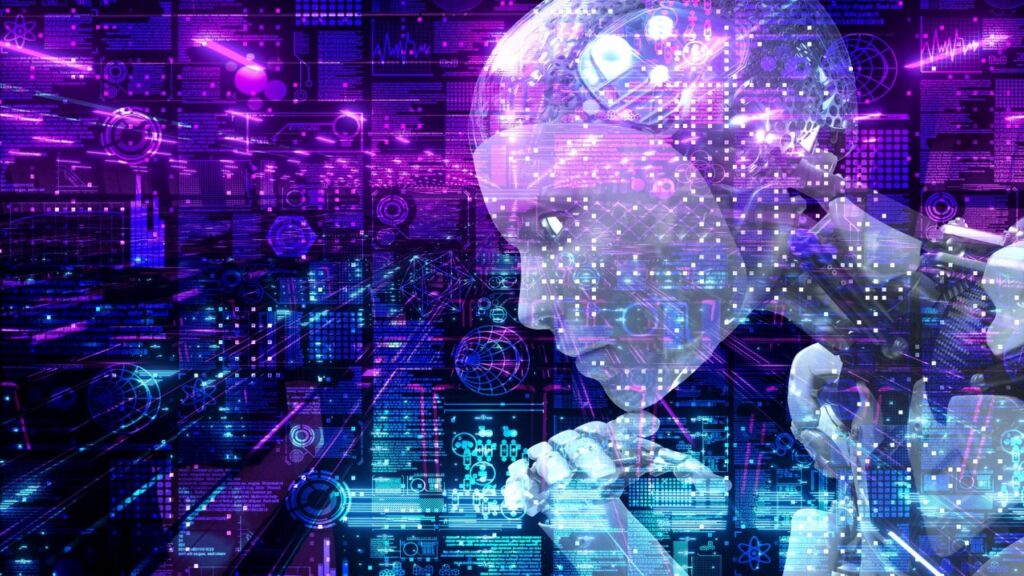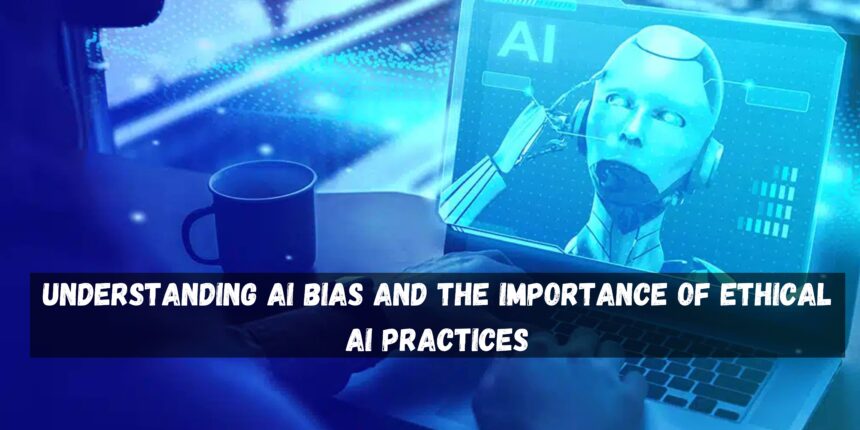The development of AI as a major part of our daily activities has triggered a lot of discussions and reflections concerning AI Bias and Discrimination. The deployment of biased AI systems results in unjust treatment of individuals, especially among the marginalized community members. We are going to discuss the causes of AI bias, its effects, and the reason for ethical AI more than ever before.
What is AI Bias and Discrimination?
AI automatically picks up bias whenever there are hidden or misrepresenting data from which the models make decisions. This is unfair behavior that might occur in sensitive sectors like employment, criminal justice, or healthcare when AI is not properly controlled. For instance, if an AI recruiting tool has been trained on biased historical data, it might ignore certain age, gender, or ethnicity criteria in a candidate’s resume.

Real-World Examples of AI Bias :
Hiring Bias: Many big corporations have realized that AI-based recruitment tools lean for male applicants. The approaches designed by conventional data, which are not diverse in gender, mistakenly ranked men as being more eligible for some jobs.
Healthcare Disparities: Over the years, research has revealed that healthcare algorithms tend to favor treatments for richer and more represented populations, while those from low-income groups are, in most cases, turned away. These bias is a cause of poor-quality care among marginalized communities.
Criminal Justice Impact: Judiciary in some countries is exploiting AI in predicting recidivism (the probability of repeating offenses) to be able to handle judge cases better. However, these can target certain racial or socio-economic populations more frequently thereby causing more strict punishment for them.
Read more about The Ethical Implications of AI in Surveillance: Balancing Privacy and Security
Why Does AI Bias Happen?
The technology itself isn’t responsible for creating the bias in AI, it is the data and decision-making process that fail. Here are some of the most common causes:
Skewed Training Data: AI is trained on data that in real life people face as well. AI often just causes the old ones that worsen things to prevail.
Lack of Diverse Perspectives: Numerous teams that develop AI lack diversity, hence their ability to predict possible biases is limited. When there are no diverse voices, some biases may be hidden.
Focus on Efficiency Over Fairness: For quite long, the key concern of many algorithms is the precision at the expense of the complexity including fareness resides.This narrow view can lead to unintended discriminatory outcomes.

How Can We Combat AI Bias?
Overcoming AI bias requires a multi-dimensional strategy such as:
Using Diverse and Inclusive Data: Model the AI on data from different sources that include different communities and groups. This event strongly cuts the risk of output deviations.
Transparency and Explainability: Introduce AI Developers should create trustworthy systems through transparency. Understandable AI gives users the right to know the decision-making process, which is very important in such applications as hiring and criminal justice.
Accountability Standards: Periodic checks and assessments of AI systems can be done to uncover the biases early and thereby correct them. Through the adoption of accountability measures, companies can ensure that the AI tools are more just, more equitable, and truthful.
The Role of Governments and Industry in Regulating AI Bias
Returns to AI bias related problem unfortunately come back as a persistent issue with AI technology, so the governments have taken a step. In this regard, European Union has recently proposed the new AI Act to control how riskier applications are used – i.e., high-risk applications only. IEEE plays a major role in the regulatory role by creating a list of ten most important ethical principles in the use of AI including data transparency and inclusivity. These regulations and frameworks work to spur companies to utilize ethical AI which, in turn, reduces bias all around.
Ethical AI Tools and Frameworks
A number of tools and frameworks can be used to decrease bias in AI systems:
Fairness Indicators by Google: This tool is for examination of the extent to which unfairness occurs with the AI model. Henceforth, it could be said that them is fair enough across.
IBM AI Fairness 360: This open-source toolkit both has tutorials/guides and algorithms for bias detection and mitigation in AI models.
Microsoft’s FairLearn: The open-source toolkit provides a way to analyze and mitigate fairness issues within machine learning models thus making developers create fairer AI applications.
Summary
AI has vast potential to improve our lives, but addressing bias and discrimination is essential for its ethical use. By embracing transparency, diverse data, and responsible AI practices, we can create a future where technology benefits everyone equally. Ethical AI is more than a technical challenge—it’s a commitment to building a fairer, more inclusive society.







